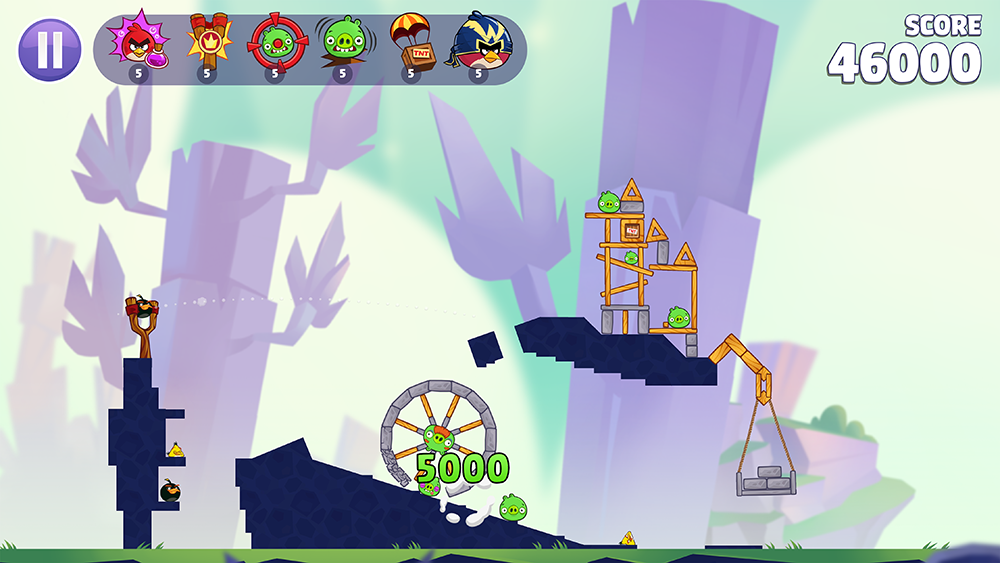In my previous pitch blog post, I pitched my project and outlined the analytical framework I would be utilising for it. This post will be going into depth about this framework concerning flash games, which includes the concepts of nostalgia, genre, and technology.

Flash’s History
Flash was first released in 1996, and by the end of the decade, 99% of online computers ran flash. While this software was originally built for graphic designers, it was used by amateur programmers who began creating games, eventually leading to a billion-dollar business. Flash became “one of the most important programming languages in the video game industry and sparked the indie game revolution” (Reeves, 2018).
Flash game’s popularity reached new heights in the mid-2000s, and the technology was easy to use for new game makers with little to no previous experience. Co-founder and CEO of the Flash games site Kongregate stated that “You started with art rather than with code, so a lot of people who wouldn’t have sat down and written object-oriented code could sort of baby step their way into very serious programming through Flash. It was a rapid-fire learning tool” (Reeves, 2018). Flash games were not limited to a single device or console and most flash games were decentralised and available on thousands of websites across the web.
Flash’s Influence
One technological limitation of flash was that it wasn’t good at running first-person shooters like console and PC games. However, flash chose to innovate other game genres such as strategy and invented the tower defense genre which later led to titles like ‘Clash of Clans’ on mobile. Angry birds was another mobile game that was inspired by the flash game ‘Crush the Castle’. Flash was also an innovator of the 24/7 offline simulator leading to games such as Farmville.

The flash game ‘Canabalt’ was the beginning of the endless runner genre, and ‘The Crimson Room’ was where the concept of the escape room originated from, which has now led to the development of physical escape rooms across the globe.
Because of this technological restraint that limited the genres of flash games, our collective nostalgia for flash games focused on games from these specific genres like Balloon Tower Defence or Run from my childhood.
Flash’s “Death”
With the death of flash in December 2020, Flash game creators have moved on to create games on platforms like mobile or console, as “The dream of the web Flash once represented, a place radically open to amateur creativity has been quietly replaced by proprietary platforms such as Apple’s App Store and Steam” (Salter & Murray, 2014).
However, the nostalgia and legacy for flash live on, as some sites (such as Cool Maths Games where I played a lot of flash games) have transformed flash games to HTML so they can continue to be played. Emulators like The Internet Archive have also saved flash games and can still be played to this day. If sites are putting in the effort to preserve old flash games, that is a testament to their popularity and the people’s need to experience nostalgia. As technology evolves, those rooted in previous technologies will feel nostalgic and long for the things of their past.
‘For many millennials, the golden age of growers games from the early 2000s defined our formative online experiences.”
Jess Jono, Mashable
Analytical Framework in Different Contexts
References
- Joho, J. 2020, Browser games were a digital awakening for an entire generation, Mashable, viewed 14 September 2021, <https://mashable.com/article/browser-games-flash>
- Knorr, A. 2019, Why Nostalgia For Video Games Is Uniquely Powerful, Kotaku, viewed 16 September 2021, <https://kotaku.com/why-nostalgia-for-video-games-is-uniquely-powerful-1832434707>
- Reeves, B. 2018, How Flash Games Changed Video Game History, viewed 18 August 2021, <https://www.gameinformer.com/2018/12/22/how-flash-games-changed-video-game-history>
- Richner, J. n.d., How Flash Games Shaped the Video Game Industry, Flash Game History, viewed 14 September 2021, <https://www.flashgamehistory.com>
- Salter, A. & Murray, J. 2014, How Flash Games Shaped the Internet, The Atlantic, viewed 14 September 2021, <https://www.theatlantic.com/technology/archive/2014/11/how-flash-games-shaped-the-internet/383136/>
Header Image
Images Used in Video
- https://www.youtube.com/watch?v=HKyZ7-32o74
- https://en.wikipedia.org/wiki/Homecoming_(America_album)
- https://en.wikipedia.org/wiki/All_Over_the_World:_The_Very_Best_of_Electric_Light_Orchestra
- https://en.wikipedia.org/wiki/Thriller_(album)
- https://en.wikipedia.org/wiki/Absolution_(album)
- https://en.wikipedia.org/wiki/Harpsichord
- https://kawaius.com/product/rx-6/
- https://www.musicgrotto.com/how-to-play-electric-guitar/
- https://bestinau.com.au/djs-sydney/
- https://arstechnica.com/gaming/2019/03/the-ux-of-vinyl-the-medium-is-the-message/
- https://www.looper.com/160020/lines-in-the-matrix-movies-that-mean-more-than-you-realized/
- https://en.wikipedia.org/wiki/The_Four_Horsemen_of_the_Apocalypse_(film)









Reblogged this on Game Cultures.
LikeLike